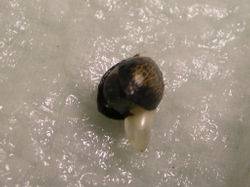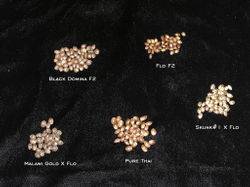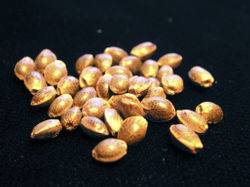Elevator Man said:I PM'd Gypsy about sending in seeds to give away as freebie testers, though not heard back yet - might be the best way to go about it, especially with the new emphasis on 'landrace preservation'. I can't possibly grow out all the crosses I'm planning this year, but I'd be happy for others to try. Maybe a 'how to grow Thai indoors' thread would be great, especially if a few people were trying it.
BTW, the little 'helmet' is off the first Thai seedling, and the first proper leaves are open...two more seeds splitting/sprouting...
well i made an account on that seedbay and mailed them to allow me to sell some, so hopefully alot more people can give this thai a try. i would like to see some big thai grows under some phat lights.
im more than willing to work with you to create a how to grow thai thread, because it is a special type of weed.. gives a lovely high and no couchlock!
how many seeds have you got? and how many are you growing ?











